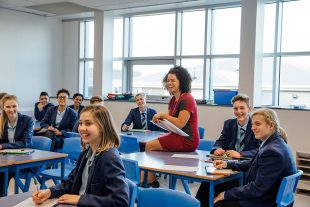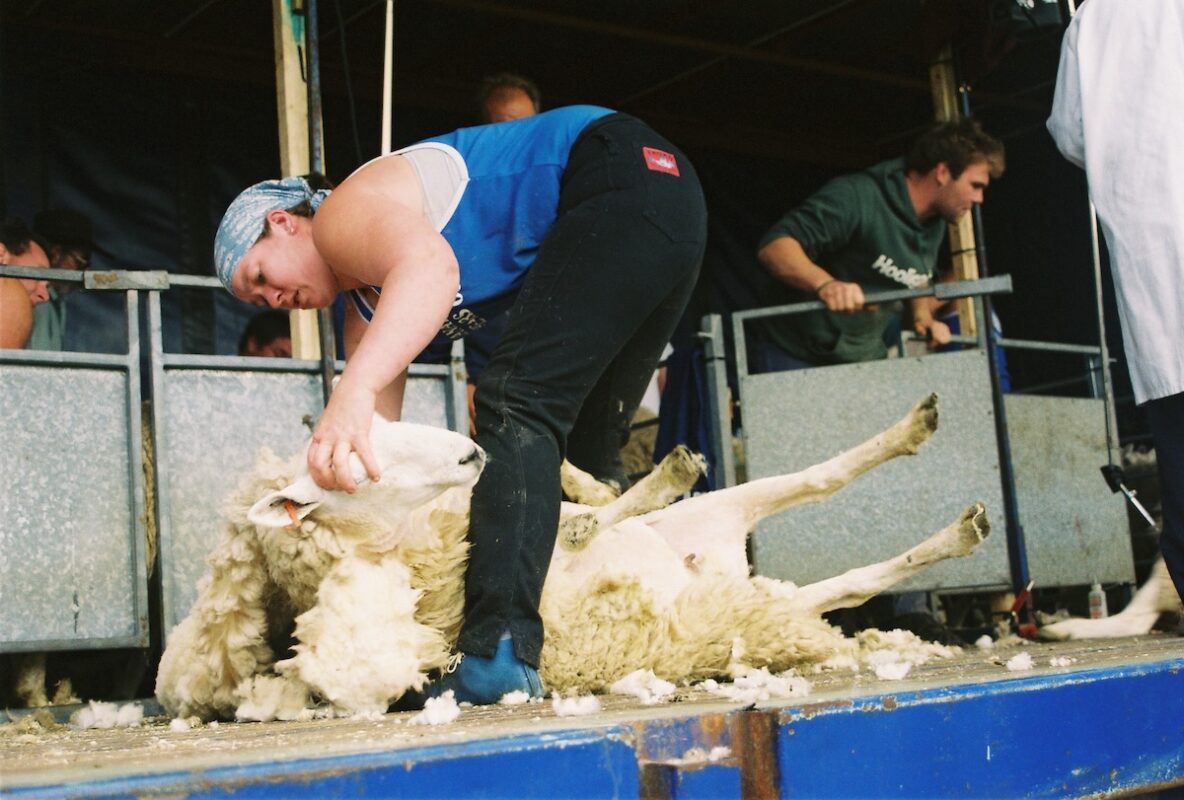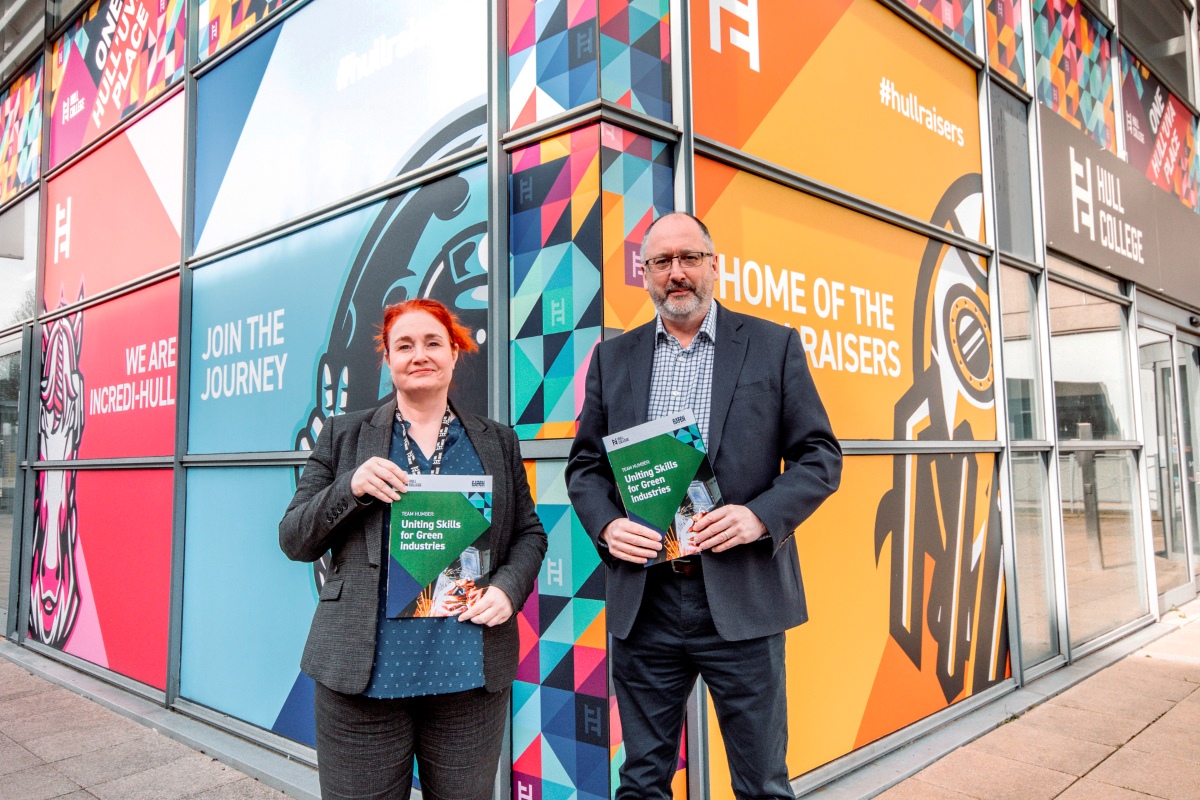Coronavirus transmission in schools: your questions answered

As schools return for the autumn term and welcome back pupils, we understand that this may raise some concern about the risks of transmission of coronavirus. Below we answer some key questions.
What symptoms should schools be looking out for? How can schools tell if a pupil has just a cold, or whether it might be coronavirus?
The Department for Education has worked closely with Public Health England (PHE) and NHS Test and Trace to ensure that we are doing all we can to minimise the potential risks of spread. A key part of this is recognising the correct symptoms.
We ask that schools recommend to their pupils and staff who feel unwell, that they get tested if:
- They develop one or more of the main coronavirus symptoms: a high temperature; a new, continuous cough; or the loss or change of their sense of taste or smell; or
- They are recommended to get tested by a healthcare provider (e.g. GP or nurse).
If a child is tested because they are unwell, they should stay off school until they receive a result. As in any year, as schools go back, children may pick up common colds or feel unwell with a sore throat, stomach upset or a headache. These children may need to stay off school and parents/carers should call their GP or dial 111 to seek medical advice if they are concerned about their child’s health.
A pupil has coronavirus symptoms – what happens next?
As set out by the Chief Medical Officers of England, Scotland, Northern Ireland and Wales, coronavirus is rarely serious in children. If a child (or staff member) develops one or more of the main coronavirus symptoms described above, they should be tested and stay off school until they have a result. Schools should ask parents and staff to inform them immediately of the results of a test and follow this guidance.
Crucial to our overall support for schools is ensuring that everyone with coronavirus symptoms has access to a test as soon as they develop those symptoms. We have made testing available throughout the country and anyone with symptoms can book a test online or over the telephone through 119 to get the certainty they need to protect themselves and those around them.
Strict hygiene and cleaning protocols are in place in schools and PPE is being distributed to every school to bolster their supplies for use in the event that a pupil develops coronavirus symptoms. More guidance about preventing and controlling infection, including when, how PPE should be used, what type of PPE to use, and how to source it is available here.
A small number of home test kits are also being distributed to all schools for anyone who develops symptoms and is not easily able to get tested.
A positive case has been confirmed. What happens next – who has to go home and isolate?
If a positive case is confirmed, swift action will be taken to ask those who have been in close contact with them to self-isolate. Public Health England’s local health protections teams and local authorities will support and advise schools.
The health protection team will work with schools in this situation to guide them through the actions they need to take. Based on the advice from the health protection team, schools must send home those people who have been in close contact with the person who has tested positive, advising them to self-isolate for 14 days since they were last in close contact with that person when they were infectious. Close contact means:
- direct close contacts – face to face contact with an infected individual for any length of time, within 1 metre, including being coughed on, a face to face conversation, or unprotected physical contact (skin-to-skin)
- proximity contacts – extended close contact (within 1 to 2 metres for more than 15 minutes) with an infected individual
- travelling in a small vehicle, like a car, with an infected person
In the case of a local community outbreak, what should schools do?
If a local area sees a spike in infection rates from localised community spread, appropriate authorities will decide which measures to implement to help contain the spread. The Department for Education will be involved in decisions at a local and national level affecting a geographical area, and will support appropriate authorities and individual settings to follow the health advice.
In the event of a local community outbreak, all possible measures should be taken before any restrictions are imposed on schools to maintain consistent education for children and young people. The updated CONTAIN guidance sets out four tiers of restrictions for education settings, for use as an absolute last resort in areas subject to local restrictions. All current areas of local restrictions are at Tier 1 – fully open to all pupils full time, with face coverings required in corridors and communal areas for pupils in Year 7 and above. If all other measures have been exhausted, Tier 2 would advise secondary schools and colleges in a restricted area to use rotas to help break chains of transmission of coronavirus, while primary schools remain open to all pupils. Tiers 3 and 4 introduce remote learning full time for wider groups of pupils, with vulnerable children and children of critical workers continuing to attend.
For more information about contingency planning and the process for local outbreaks, please see our guidance here.
We expect schools to have the capacity to offer immediate remote education where a class, group or small number of pupils need to self-isolate, or there is a local lockdown requiring pupils to remain at home. Schools are expected to consider how to continue to improve the quality of their existing offer and have a strong contingency plan in place for remote education provision by the end of September.
For disadvantaged children whose education is disrupted this term, the Department is providing an initial 150,000 laptops and tablets for schools, trusts and local authorities, who will be best placed to pass these on to children who need them. The Oak National Academy is also providing free, high-quality video lessons and resources throughout 2020/21.
More information about remote education provision, and what to do in the event of a local outbreak, is available here.












Responses